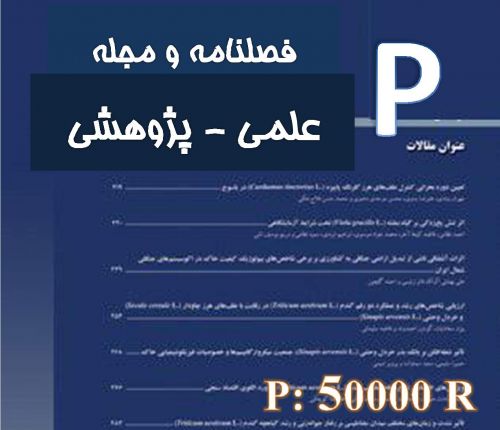Deboning method has a major effect on quality and safety of poultry carcasses or animal bones.The aim of this study was to determine residual concentration of lead, iron and calcium in chicken meat paste as indicative parameters for identifying deboning procedure. The test samples were eight whole chicken carcasses collected randomly in a three-month period from main retail markets in Tehran. All of the collected samples divided into the two groups: deboning of one group well done by hand and the other was performed mechanically by machine. Sample preparation and analyses were performed by wet digestion and atomic absorption analysis, respectively. According to the results the mean concentration of lead, iron and calcium in manually deboned samples were 2.94 (±0.56), 4.21 (±0.31) and 65.77 (±2.11) mg Kg-1 and in mechanically deboned samples were 3.79 (±0.52), 23.05 (±3.47) and 275.83 (±16.31) mg Kg-1, respectively. In all cases, concentration of investigated elements in mechanically deboned treatments were significantly higher than manual ones (P<0.05) and obviously indicated the difference in deboning procedures. More ever the results of calculating estimated daily intake for lead due to consumption of chicken meat paste showed that in both of deboning methods, the concentration of lead was more than that recommended by provisional tolerable daily intake.
کلید واژگان :Calcium; Chicken meat paste; Deboning method; Food Safety; Iron; Lead
ارزش ریالی : 600000 ریال
با پرداخت الکترونیک
